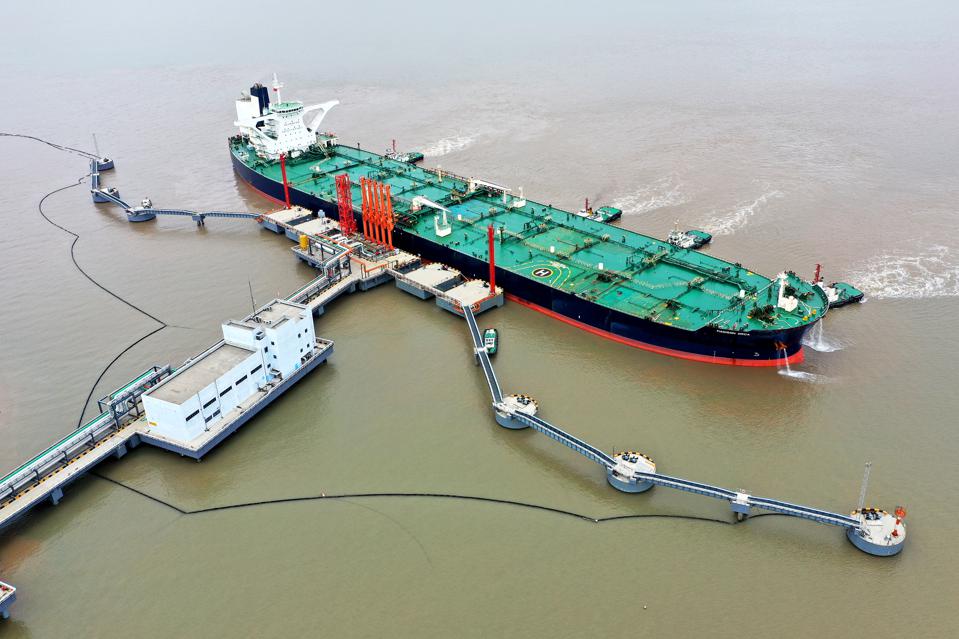The spot oil market for physical barrels in the key demand region, Asia, started to weaken in the middle of this week, as purchases from Chinese buyers are subdued, traders tell Bloomberg.
The evidence of the weakness could be found in the declining premiums of spot cargoes loading for Asia in the next two months compared to the official selling prices of the crude grades, according to traders who spoke to Bloomberg.
For example, the premium of the Murban crude from Abu Dhabi over the official selling price fell by $0.10 per barrel in a day to a premium of just $0.20-$0.25 per barrel over the OSP. Spot cargoes of the ESPO blend from Russia are also selling cheaper than at the beginning of the week.
It looks like Chinese buyers are not currently in a rush to buy spot crude cargoes, which could be a bearish signal for the market as supply may not be as tight as much as OPEC+ and Saudi Arabia would have likely hoped.
These signs of slower Chinese oil buying emerged days after a report by Bloomberg suggested that China more than doubled its imports of crude oil from Iran in March to around 856,000 barrels per day (bpd), which would be the highest estimated volume of Chinese imports of Iran’s oil in nearly two years. Despite the U.S. sanctions on Iranian oil exports, some Chinese refiners are buying so much Iranian crude that the ports in the Shandong province, where most independent refiners are based, are experiencing tanker traffic congestions, analysts and traders have told Bloomberg.
Higher benchmark oil prices in recent weeks, with Brent above $65, may have also deterred Chinese refiners from buying more oil. In addition, Chinese refiners are set to enter into the planned spring maintenance this month and next, which could further dampen crude purchasing from the world’s top oil importer in the second quarter at prices above $60 a barrel.

